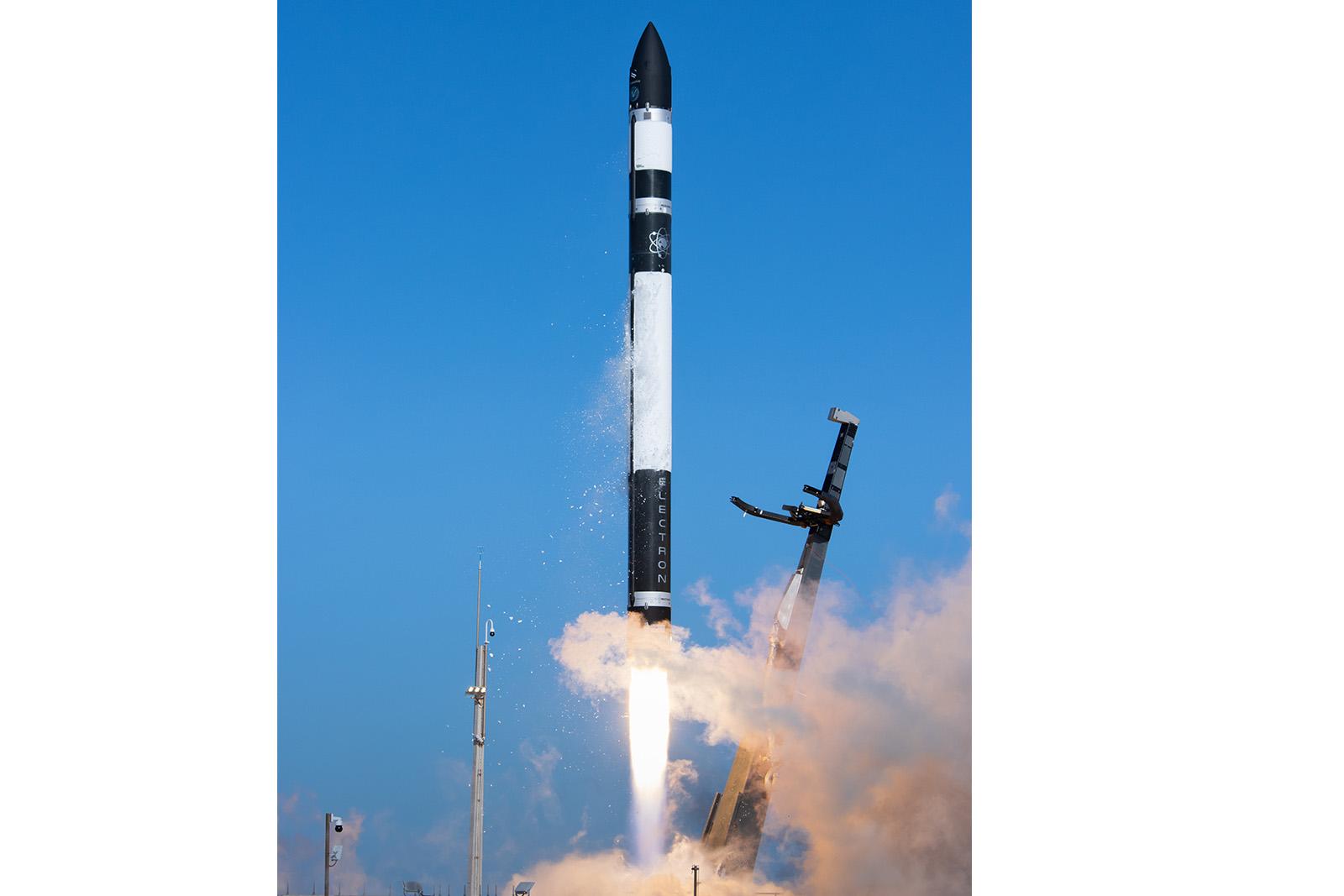
Following the successful rapid-response Victus Nox mission, the U.S. Space Force’s Space Systems Command awarded a $32 million contract to Rocket Lab to build, launch and operate a new demonstration known as Victus Haze.
“This is the power of being vertically integrated. Customers come to us not just buying a launch,” Rocket Lab CEO Peter Beck told Aerospace DAILY. “We’ve always had as [a] saying that responsive space is not launch. Bring us a payload and we’ll put it on orbit in 24 hr. No big deal. It’s about needing to build a spacecraft, make it operational and get the data down. That’s true operational space. The launch business is just a freight company.”
Rocket Lab and its partner, True Anomaly, will conduct rendezvous and proximity operations as part of the demonstration, which is slated to launch in 2025. True Anomaly will receive $30 million for the effort from the Space Force’s SpaceWerx program and spend $30 million of its own funds, the Space Force said in an April 11 announcement.
True Anomaly’s spacecraft will launch from Cape Canaveral SFS in Florida or Vandenberg SFB in California via a rapid ride-share.
In the 2023 Victus Nox mission, Boeing’s Millennium Space Systems partnered with Firefly Aerospace to demonstrate the rapid building, launch and commissioning of a spacecraft.
Under Victus Haze, Rocket Lab will build the spacecraft then be put on a two-week standby to launch notice. Within that window, the company will be given 24 hr. to launch. After reaching orbit, the spacecraft will be quickly activated for operations.
Rocket Lab said it will use its Pioneer-class spacecraft bus and launch on an Electron rocket from either New Zealand or Wallops Island, Virginia.
“Once on orbit, the spacecraft will conduct a variety of dynamic space operations to demonstrate space domain awareness characterization capabilities with True Anomaly’s spacecraft, the Jackal autonomous orbital vehicle,” Rocket Lab said in a statement. “The mission will improve Tactically Responsive Space processes and timelines, demonstrating the ability to respond to on-orbit threats on very short timelines and validating techniques for space domain awareness and on-orbit characterization.”
